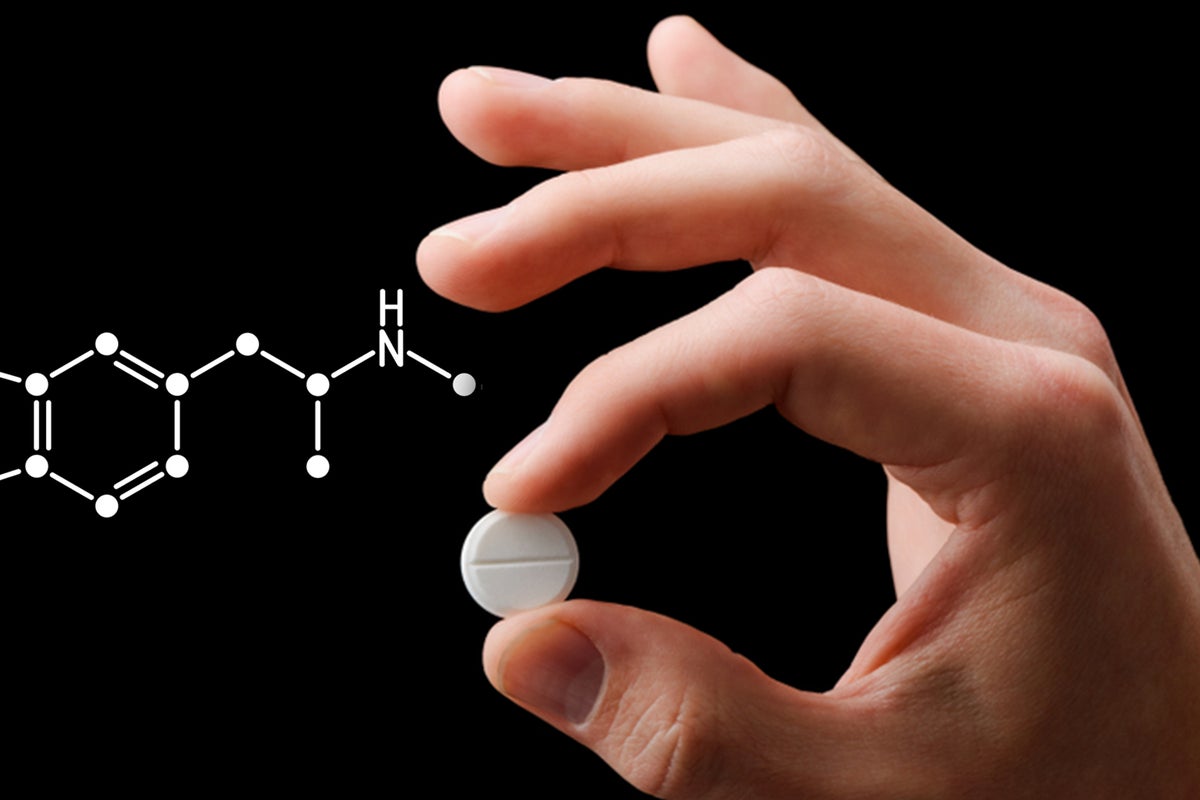Nirvana Life Sciences Inc. NIRV announced that it has engineered a method that reduces the manufacturing time of MDMA by two thirds.
The 3-step synthesis starts from the MDMA precursor safrole and takes only 24 hours to complete depending on which reduction method of the ketone to the secondary amine is being used, while current production methods, using iso-safrole as an intermediate, take almost three times as much time.
In view of this discovery, the company has already filed a patent application with the US Patent Office.
Nirvana’s lead chemist and head of innovation, Robert August successfully crystallized a novel form of MDMA with increased bioavailability and efficacy: MDMA HCl Monohydrate.
“Bringing this synthesis route and the monohydrate variant forward for research is an important development. Not only will it save time and money in the production of MDMA, but it also works well with the crystallization of MDMA as a monohydrate. It is my hope that this advancement will break down some of the barriers to effective production, research and therapeutic use of these compounds,” August explained.
The news comes on the heels of Nirvana’s acquisition of a license for a novel delivery system focused on active pharmaceutical ingredients (APIs) with high bioavailability and rapid onset, and destined to the company’s psychedelic-assisted therapies currently under development.
A Quick Review On MDMA
The molecule 3,4-Methylenedioxymethamphetamine, commonly shortened to MDMA, was first synthesized in 1912, yet studies on its therapeutic potential have recommenced only in recent years.
The compound is a potent central nervous system (CNS) stimulant which holds a very different effect than that of other common stimulants found in the same phenethylamine family, and is thought to have the ability to treat several psychiatric disorders including PTSD, depression and anxiety.
So what does MDMA actually do? This substance shuts down the brain’s fight-or-flight response and creates a sense of empathy, allowing patients to better process trauma. It also increases the amount of serotonin in serotonergic neurons and binds to various serotonin receptors activating them, while simultaneously reducing the reuptake of other neurotransmitters.
As for the legal scenario, MDMA-assisted therapy is currently in Phase 3 clinical trials for the treatment of PTSD in the US, Canada and Israel. It is expected to be legalized for therapeutic use at some point in 2023.
In 2022, the FDA expanded “compassionate” access to MDMA for patients who have had no success with other available treatment options.
Photo courtesy of Yuriy Golub and Bacsica on Shutterstock.
Image and article originally from www.benzinga.com. Read the original article here.

